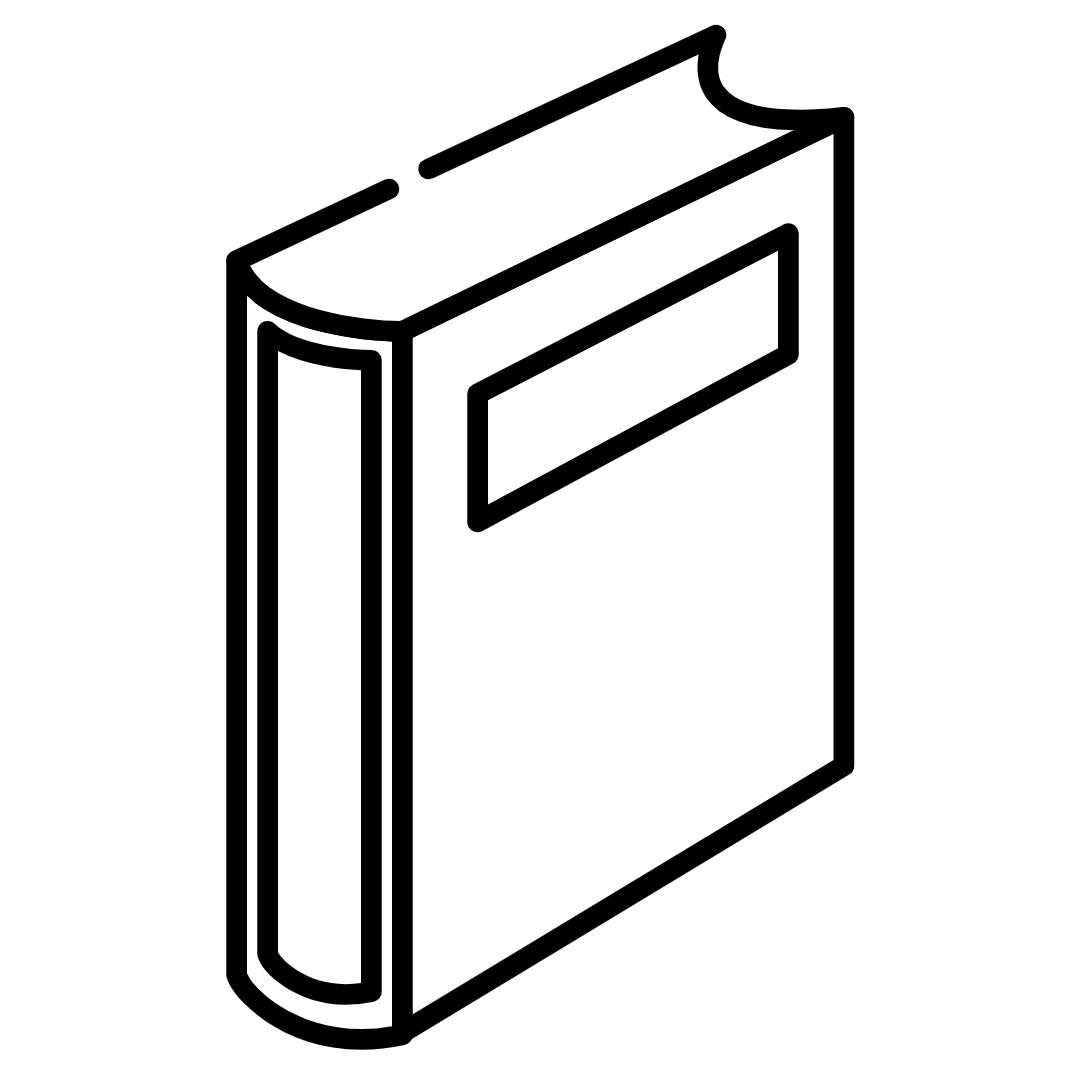kultuur ja ühiskond
Susan Sontag "Regarding the Pain of Others"
 Susan Sontag (1933-2004) jõudis oma elu jooksul rabada mitmel rindel, tegutsedes nii kirjandusteadlase, filmitegija, romaanikirjaniku, filosoofi kui ka poliitaktivistina. "Regarding the Pain of Others" (ilmunud ka eesti keeles) oli viimane teos, mille ta enne surma valmis sai. Õigupoolest ei anna see teos päriselt raamatu mõõtu välja, pigem on see hõredaks ja paksuks venitatud essee, kuigi see ei vähenda ta huvitavust. Nii nagu üks tuntumaid Sontagi teoseid "On Photography", on siinkohal vaatluse alla võetud esseegi fotograafiaaineline, kuid seekord keskendudes sõjafotograafiale (lisaks on mõlema teosed oma vaadetelt tegelikult väga erinevad). Võttes siis taustaks sõjafotograafia, püüab autor leida vastust küsimusele, mille esitas juba enne teda Virginia Woolf oma essees "Three Guineas": kuidas ära hoida sõdu?
Susan Sontag (1933-2004) jõudis oma elu jooksul rabada mitmel rindel, tegutsedes nii kirjandusteadlase, filmitegija, romaanikirjaniku, filosoofi kui ka poliitaktivistina. "Regarding the Pain of Others" (ilmunud ka eesti keeles) oli viimane teos, mille ta enne surma valmis sai. Õigupoolest ei anna see teos päriselt raamatu mõõtu välja, pigem on see hõredaks ja paksuks venitatud essee, kuigi see ei vähenda ta huvitavust. Nii nagu üks tuntumaid Sontagi teoseid "On Photography", on siinkohal vaatluse alla võetud esseegi fotograafiaaineline, kuid seekord keskendudes sõjafotograafiale (lisaks on mõlema teosed oma vaadetelt tegelikult väga erinevad). Võttes siis taustaks sõjafotograafia, püüab autor leida vastust küsimusele, mille esitas juba enne teda Virginia Woolf oma essees "Three Guineas": kuidas ära hoida sõdu?Esseed on keeruline ümber jutustada, see-eest jagan teiega virna katkendeid, mis peaksid ehk andma aimu, millega tegu on (rõhukursiivi olen mina lisanud). Küll aga mainiks veel, et väljaande puuduseks on just see essee raamatuks venitamine, mis väljendub kõige selgemalt ja ebaõiglasemalt selles hinnas, mida teose eest maksma peab. Lisaks pole raamatus ühtki fotot, nii et lugejal peaksid eelnevalt olema vähemalt mingisugused teadmised sõjafotograafiast, kui just ei taheta lugemise ajal pildiraamatust näpuga järge ajada.
Photography is the only major art in which professional training and years of experience do not confer and insuperable advantage over the untrained and inexperienced – this for many reasons, among them the large role that chance (or luck) plays in the taking of pictures, and the bias toward the spontaneous, the rough, the imperfect. (lk 25)
A painting or drawing is judged fake when it turns out not to be by the artist to whom it had been attributed. A photograph – or a filmed document available on television or the internet – is judged fake when it turns out to be deceiving the viewer about the scene it purports to depict. (lk 42)
War was and still is the most irresistible – and picturesque – news. (Along with that invaluable substitute for war, international sports.) (lk 43)
What is odd is not that so many of the iconic news photos of the past, including some of the best-remembered pictures from the Second World War, appear to have been staged. It is that we are surprised to learn they were staged, and always disappointed. (lk 49)
Only starting with the Vietnam War is it virtually certain that none of the best-known photographs were set-ups. (lk 51)
Technically, the possibilities for doctoring or electronically manipulating pictures are greater than ever – almost unlimited. But the practice of inventing dramatic news pictures, staging them for the camera, seems on its way to becoming a lost art. (lk 52)
In the era of tele-controlled warfare against innumerable enemies of American power, policies about what is to be seen and not seen by the public are still being worked out. (lk 61)
The more remote or exotic the place, the more likely we are to have full frontal views of the dead and dying. (lk 63)
Compassion is an unstable emotion. It needs to be translated into action, or it withers. (lk 90)
Someone who is perennially surprised that depravity exists, who continues to feel disillusioned (even incredulous) when confronted with evidence of what humans are capable of inflicting in the way of gruesome, hands-on cruelties upon other humans, has not reached moral or psychological adulthood.
No one after a certain age has the right to this kind of innocence, of superficiality, to this degree of ignorance, or amnesia. (lk 102)
To paraphrase several sages: ’Nobody can think and hit someone at the same time.’ (lk 106)
Is there an antidote to the perennial seductiveness of war? And is this a question a woman is more likely to pose than a man? (Probably yes.) (lk 110)






Postita kommentaar
0 Kommentaarid